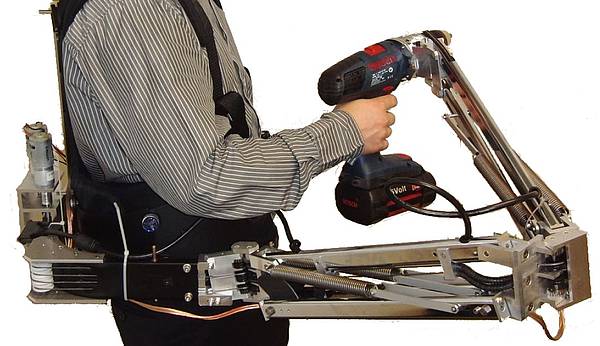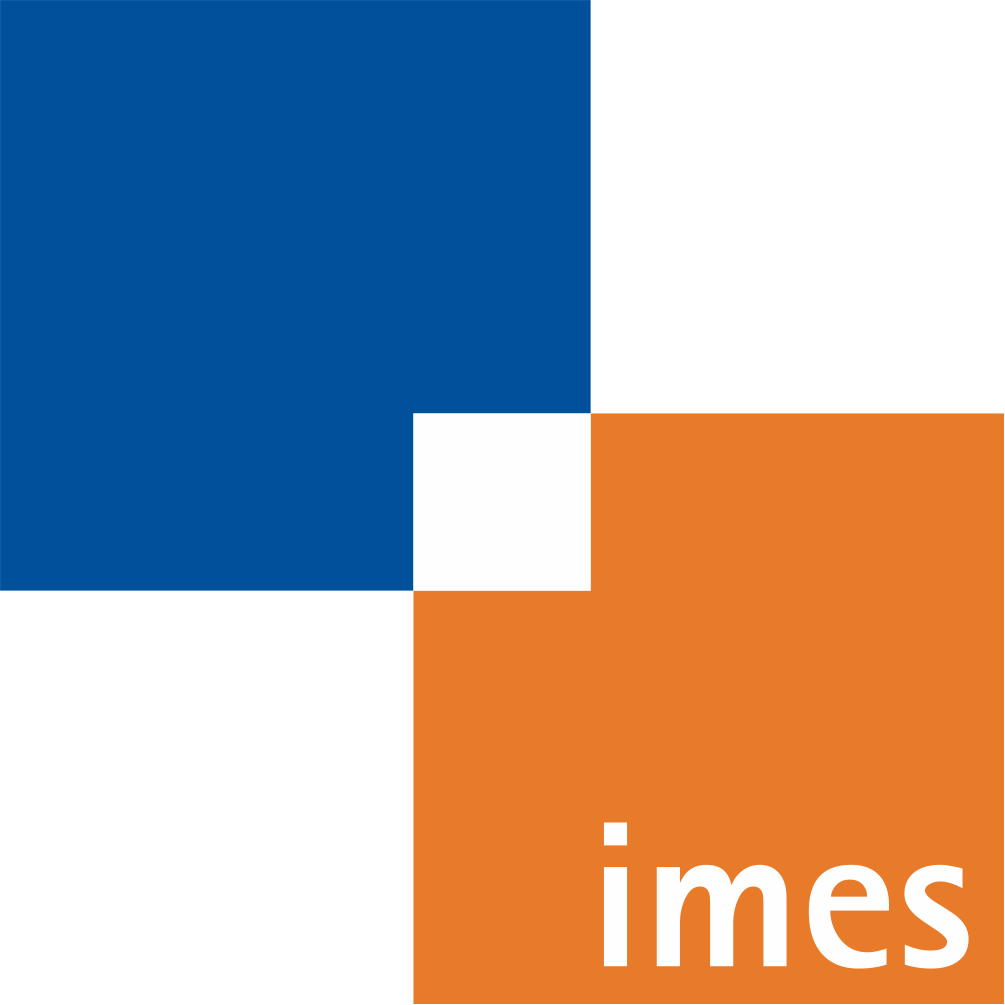"3rd Arm" - Craftsmen-Force-Assistence with adaptive Human-Machine Interaction

| Team: | Dipl.-Ing. Kathrin Nülle |
| Year: | 2014 |
| Date: | 29-08-14 |
| Funding: | German Federal Ministry of Education and Research (BMBF) |
| Duration: | 3 years |
| Is Finished: | yes |
Description
Regarding an aging work force with higher requirements for work efficiency, a forceassistence system is developed. The system is based on a mechatronic structure ("3rd arm"), which is fixed to the body of the user via a supporting construction. Apart from the physical support the system meets cognitive assistance functions. Thus, it provides force support on the one hand and on the other hand the increase in work efficiency and quality of work.
The consortium is composed of five project partners:
The imes is involved together with the Institute of Automatic Control as partners of the Hannover Center of Mechatronics with a common sub-project. The sub-project focuses on the following scientific challenges: on the one hand, methods for 3D localization are developed which provide highly accurate results even under conditions of uncertain models, measurements in a moving reference system, etc. On the other hand, concepts are studied, which allow for representing a robust situation and intention detection for a user-oriented assistance function with adaptation to the desired/required level of support. The results are used in a craftsman-assistance system, which facilitates working with power tools, increasing efficiency, and improving quality. The total system "3rd arm" provides the following functions:
- Force assistance function by means of a mechatronic design for load reduction and reduce fatigue. To achieve a long energy autonomy of the system and to keep the additional load of the user by the system low, the weight of the system has to be minimized (keyword lightweight) while considering ergonomic constraints.
- Augmented reality function by projection of relevant data and instructions in the user's working space.
- Guiding function by fusion of measurement data, a haptic interface, adaptive control, and interaction functions.
Mainly, the Institute of Automatic Control focusses on the force assistance function and the human-machine interaction. The imes deals with the augmented reality and guidance function.
